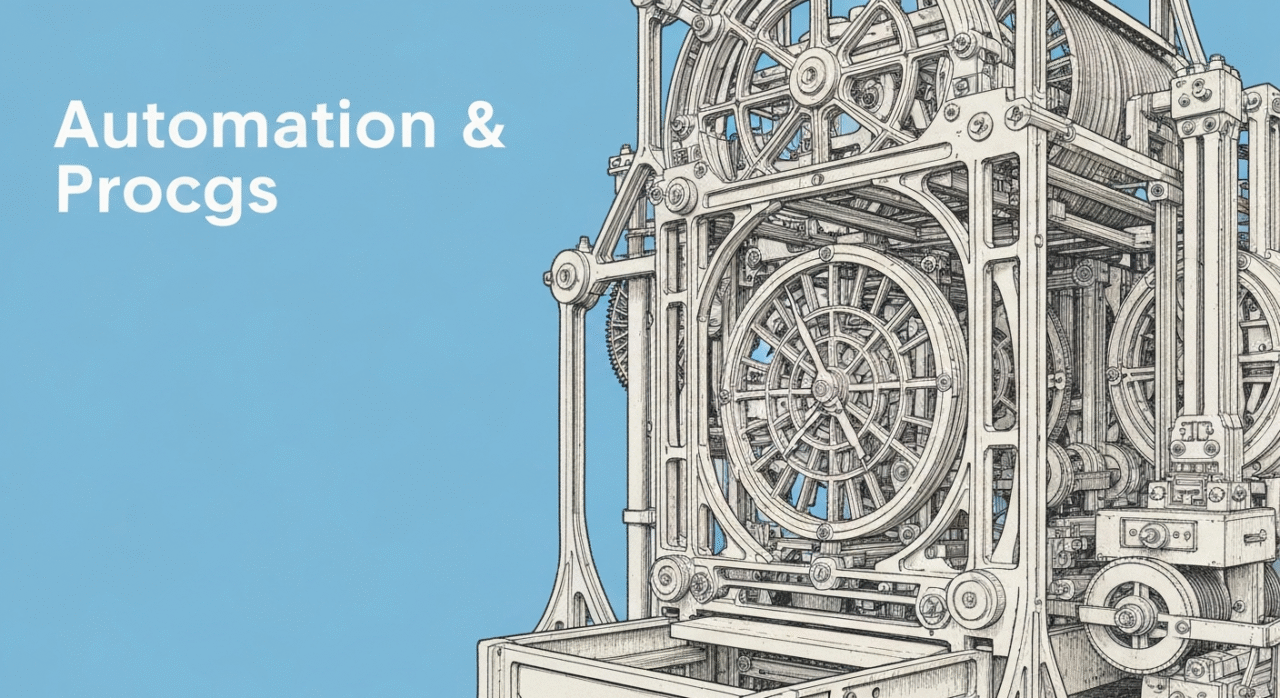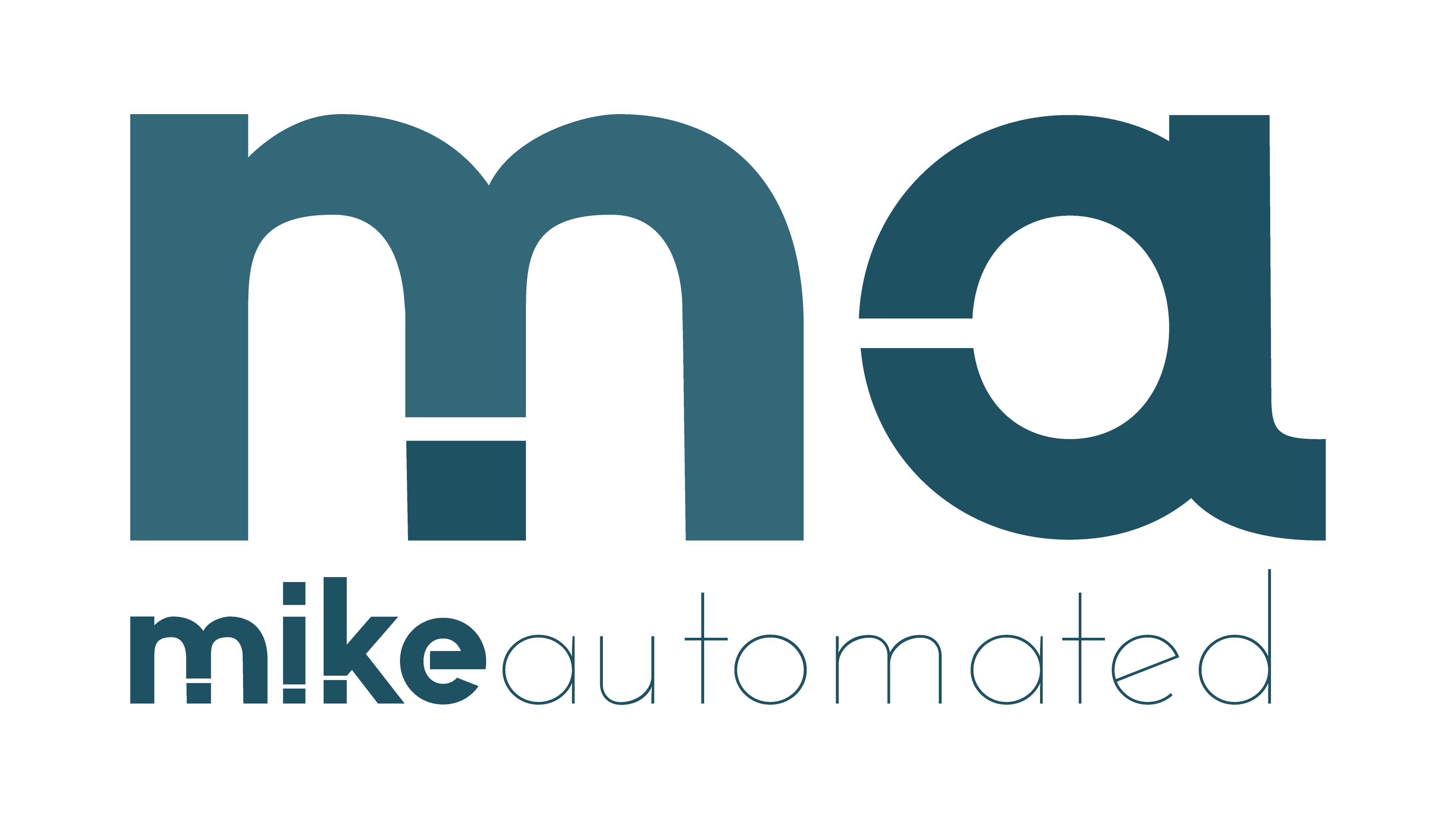TL;DR
- Turning Repetitive Workflows Into Profit Engines unlocks value by automating routine tasks with RPA and workflow automation.
- Begin with process discovery to identify high‑impact, repeatable work that benefits from automation.
- Design for automation using standardized steps, clean data, and clear governance to enable scale.
- Track ROI and key metrics to guide rollout and demonstrate business value.
Automation is more than a tool. It is a design discipline that reshapes how work moves across teams. In this article we examine Turning Repetitive Workflows Into Profit Engines, the practical steps to implement it, and how to sustain gains over time. This approach translates to real, measurable improvements in efficiency and profitability.
Turning Repetitive Workflows Into Profit Engines: A Practical Framework
To turn repetitive tasks into profit engines, you need a framework that starts with mapping, proceeds to design, and ends with governance. This approach ties automation projects to business goals and minimizes rework. The core idea is to replace manual drudgery with repeatable, auditable processes that produce reliable outcomes. This mindset is the backbone of Turning Repetitive Workflows Into Profit Engines, and it helps teams avoid sporadic gains and hidden costs.
Step 1 — Map, Shortlist, Validate the Best Candidates
Start with process discovery. Map end-to-end steps, data inputs, approvals, and exceptions. Use simple diagrams and interviews to capture reality. Shortlist tasks that are high-volume, error-prone, or time-consuming and that have stable rules. Validate with owners that the process is suitable for automation and will deliver measurable ROI. When you identify a candidate, document a control plan and a rollback option. For guidance on design consistency, see workflow design principles.
Step 2 — Design for Automation with Standardization
Standardize steps, data formats, and hand-offs. Remove custom, ad hoc approvals that create brittle automations. Build with modular components so the same automation can be reused across teams. Clarify inputs, outputs, and error handling. This reduces exceptions and makes future changes cheaper and faster. Link automation strategy to automation metrics and the ROI model to keep teams aligned with business value. Standardization is the backbone of Turning Repetitive Workflows Into Profit Engines.
Step 3 — Choose the Right Automation Tech and Architecture
Match the problem to the right tool. Use robotic process automation RPA for rule-based, repetitive tasks that touch multiple systems. Combine APIs, workflow orchestration, and data pipelines for more complex flows. Design a lightweight architecture that can scale and evolve, with clear ownership and security controls. Remember, Turning Repetitive Workflows Into Profit Engines becomes practical only when the tech choices align with process design and governance. The architecture should enable Turning Repetitive Workflows Into Profit Engines to scale across departments.
The ROI and Economics of Turning Repetitive Workflows Into Profit Engines
Automation adds value, but it must prove itself in numbers. Build a simple business case that covers both savings and opportunity gains. Include upfront costs, ongoing maintenance, and the expected payback period. Track metrics like cycle time, error rate, and cost per transaction. A balanced view of total cost of ownership and throughput gains helps stakeholders see true value. For a practical reference, explore ROI of automation frameworks and benchmarks. This ROI framing supports Turning Repetitive Workflows Into Profit Engines as a strategic initiative.
- Cycle time reduction shows speed gains across teams.
- Error rate decline improves quality and customer experience.
- Cost per transaction falls as volume scales.
- Throughput increases enable new capabilities and faster decision cycles.
Real-World Application: A Finance Team Case
Consider a mid-size e-commerce company with 20,000 supplier invoices per month. The team implemented an RPA-driven workflow to extract invoice data, validate it against purchase orders, and post entries to the ERP. Within three months, processing time dropped by about 50 percent, and data accuracy rose to 98 percent. The automation freed 1.5 full-time equivalents for analytics and control activities that drive higher margins. The project paid back in under six months and scaled to 100 percent coverage across supplier invoices. Learn more about RPA benefits and how it fits with workflow design principles.
Best Practices and Common Pitfalls
To sustain momentum, apply governance and a clear change management plan. Use small, measurable pilots before widespread rollouts. Maintain data quality and security as automation expands. Avoid over-automation; focus on steps that truly require repetition and accuracy. Align incentives so teams own the automation outcomes instead of blaming the tool. Common mistakes include underestimating the effort to standardize data and under-investing in training for operators who will monitor automations. This is where Turning Repetitive Workflows Into Profit Engines meets practical execution.
Visualization and Next Steps
Visualize impact with an infographic or chart that compares the pre- and post-automation state. A simple ROI chart communicates payback, NPV, and impact on margins. A flow diagram of the automation lifecycle helps stakeholders see how each step connects to business goals. Suggested visual: an ROI timeline showing pilot milestones, scaling phases, and cumulative benefits across departments. This visualization supports Turning Repetitive Workflows Into Profit Engines by making intangible improvements tangible.
Conclusion: Turning Repetitive Workflows Into Profit Engines
Turning Repetitive Workflows Into Profit Engines requires discipline in process design, careful tool selection, and steady governance. Start with clear mapping, standardization, and staged delivery. When you align automation with business goals, you convert routine tasks into sustainable profit drivers. If you are ready, begin with a small pilot, measure the results, and expand as you prove value. The path to scalable efficiency is concrete: design once, automate wisely, and grow with data-driven decisions. For ongoing insights, follow our automation tips and explore practical resources on workflow design principles.



